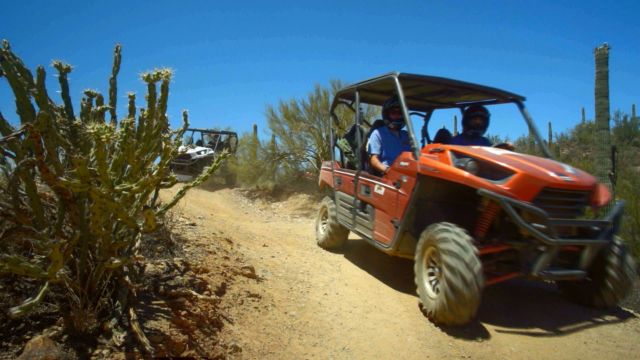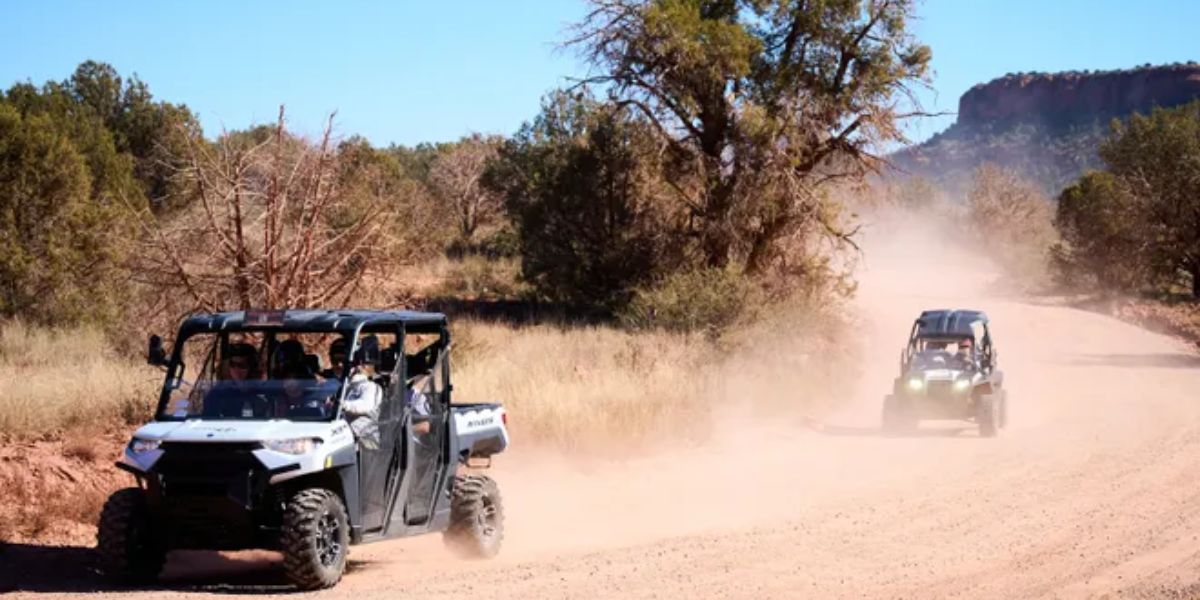With its varied landscapes providing a playground for all-terrain vehicles (ATVs), dirt bikes, and other off-road vehicles (ORVs), Arizona has long been a refuge for off-road aficionados.
However, Arizona has implemented new laws controlling the usage of these vehicles in order to guarantee rider safety and save the natural resources of the state. Here’s a thorough explanation of these changes and how they could impact you.
The New Rules: Why the Change?
The main objectives of the new laws are to guarantee sustainable off-road area use, lower environmental impact, and improve safety.
The state has seen an increase in accidents, injuries, and environmental degradation as off-roading has grown in popularity. The new regulations seek to resolve these problems by establishing precise standards and more stringent implementation.
Notable Modifications to the Regulations’ Helmet Requirements:
When operating or riding an ORV, all riders under the age of eighteen are now required to wear a helmet. The purpose of this regulation is to lessen the severity of injuries sustained in accidents.
Safety Gear:
Certain safety equipment, such as functional headlights and taillights, a rearview mirror, and a horn, are required for all ORVs. In addition, cars that have seat belts installed are required to have them.
Decals and Registration:
ORVs need to have a current OHV decal on display and be registered with the Arizona Department of Transportation (ADOT). ‘

When someone drives their car into the state, both residents and visitors are subject to this. Law enforcement, education, and trail upkeep are supported by the money received from registration fees.
Noise Limitations:
In an effort to reduce noise pollution to nearby residents and wildlife, new noise limits have been put into place. There are currently noise regulations that ORVs have to abide by; breaking these limits can result in fines and penalties.
Areas with restrictions:
SEE MORE –
California’s 1 July Laws: Drug Test Kits Now Available in Bars
ORVs are now prohibited in some sensitive regions, including cultural heritage sites and habitats for wildlife. Riders will be guided by signs and maps, and infractions will face severe consequences.
Trail Education and Etiquette:
The state has started a public education effort to encourage safe riding habits. This entails limiting environmental impact, adhering to established routes, and observing trail closures.
Penalties & Fines:
There are now harsher consequences for breaking these new rules. For serious offenses, there may be jail time in addition to heavy fines and vehicle impoundment.
Effects on Fans of Off-Road Vehicles
These new regulations may seem onerous to some riders, but their purpose is to protect off-roading in Arizona for the long run. The state hopes to establish a sustainable balance that permits enthusiasts to enjoy the activity without endangering the environment or themselves by encouraging safety and environmental responsibility.
It is recommended that riders keep themselves updated on the latest rules and make sure their cars meet all specifications. This promotes not only avoiding fines but also the general safety and upkeep of Arizona’s off-road regions.
In Summary
The new off-road vehicle regulations in Arizona are a big step in the direction of sustainable and responsible off-roading. Riders may preserve the natural beauty of the state and guarantee that off-roading is a safe and pleasurable pastime for all by following these rules. Remain knowledgeable, ride sensibly, and take advantage of Arizona’s wide variety of trails.
